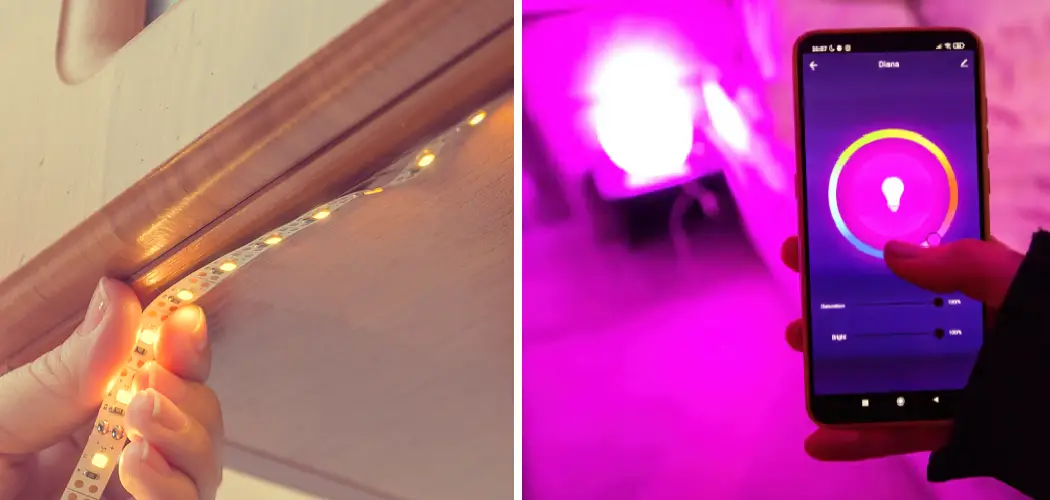In an era dominated by smart devices and remote-controlled technology, the ability to control LED lights without a remote may seem like a perplexing challenge. However, with a bit of creativity and ingenuity, it’s entirely possible to manage your LED lighting system without relying on that small, often elusive remote.
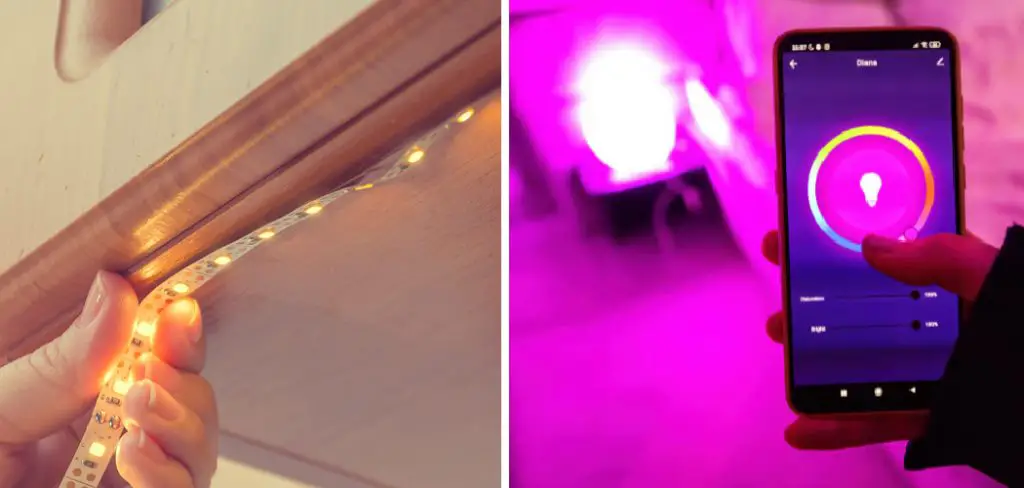
Whether you’ve misplaced your remote or simply prefer a manual approach, there are several alternative methods to command your LED lights effectively.
From smartphone applications and voice-activated assistants to specialized wall-mounted controllers and IoT (Internet of Things) solutions, this guide will illuminate how to control LED lights without remote, without the need for a remote control. Embrace the freedom to personalize your lighting experience and discover the convenience of controlling your LED lights without the reliance on a remote.
The Importance of Controlling LED Lights without a Remote
The advent of LED technology has revolutionized the way we use lights in our daily lives. With their energy efficiency, durability, and versatility, LED lights have become a popular choice for both residential and commercial spaces. However, one common issue that many users face is controlling these lights without a remote.
Traditional lighting fixtures usually come with physical switches that allow us to turn them on and off. However, with LED lights, the use of a remote has become a common practice. While using a remote can be convenient, it also brings its fair share of problems.
Firstly, remotes are small and easy to misplace. This can be frustrating when you need to turn on or adjust your LED lights but cannot find the remote anywhere. Additionally, if the remote is damaged or runs out of battery, you may be left with no way to control your lights.
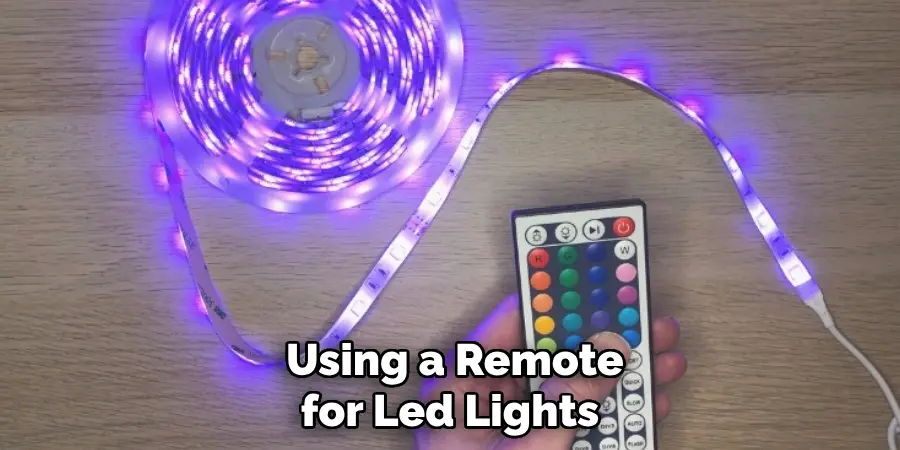
Moreover, using a remote for LED lights means having multiple remotes for different rooms or areas in your home or office. This can lead to clutter and confusion, especially if you have guests who are not familiar with the layout of your remotes.
10 Steps How to Control LED Lights Without Remote
Install a Smart Light Switch
A smart light switch is a device that can be installed in place of a regular light switch and allows you to control the lights without having to use a remote. The switch is connected to your home’s Wi-Fi network and can be controlled by an app on your phone or tablet.
It also allows you to set schedules and timers for when the lights should turn on or off, as well as dim the lights if needed. Installing a smart light switch is relatively easy and can be done in just a few steps.
Use Voice Activation
Voice activation is another way to control your LED lights without having to use a remote. You can use voice commands such as “Alexa, turn on the living room lights” or “Hey Google, dim the kitchen lights” to control your LED lights.
Voice activation requires that you have an Amazon Echo or Google Home device set up in your home, but once you do it makes controlling your LED lights incredibly easy and convenient.
Connect Your Lights with Bluetooth
If you have Bluetooth-enabled LED lights, you can connect them to your smartphone or tablet and then use an app to control them without needing a remote. This method is great for people who don’t want to install a smart light switch but still want the convenience of controlling their lights from their phone or tablet.
Use Motion Sensors
Motion sensors are another great way to control LED lights without using a remote. Motion sensors detect movement within range of the sensor and then activate the connected LED lights accordingly. This is especially useful for outdoor lighting, as it will automatically turn on when someone approaches and then turn off after they leave the area.
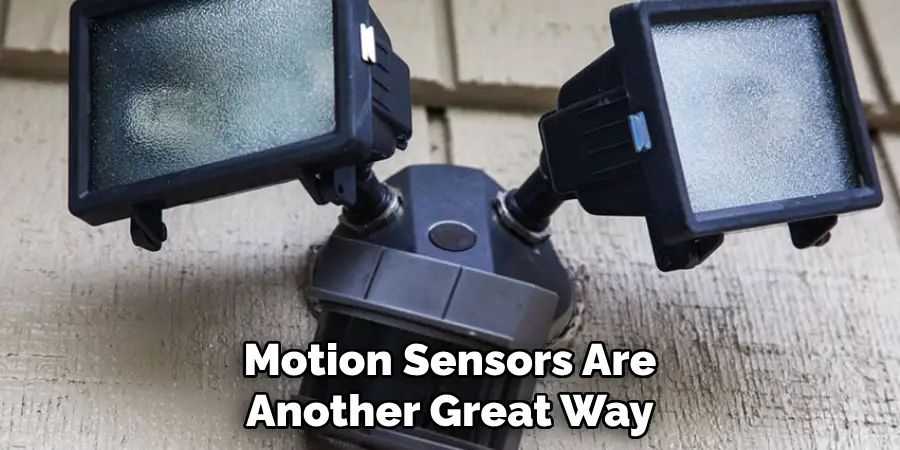
Install Smart Plugs
Smart plugs are devices that allow you to plug any appliance into them and then control it from an app on your phone or tablet without needing any additional wiring or installation work done in your home. This includes LED lighting, so by plugging in an LED light into one of these plugs you can easily control it without having to use a remote control or wall switch!
Utilize Zigbee Technology
Zigbee technology is becoming increasingly popular for controlling all sorts of devices in homes, including LED lighting systems. Zigbee works similarly to Bluetooth but has longer range capabilities which make it ideal for larger homes with multiple rooms that need lighting controlled remotely without needing multiple remotes or wall switches installed throughout each room individually.
Utilize Z-Wave Technology
Z-Wave technology is similar to Zigbee technology but has even more features such as being able to create scenes where multiple devices are activated at once with one command (such as turning on all of the bedroom lamps at once).
Z-Wave compatible devices also have better battery life than Zigbee devices which makes them ideal for smaller spaces where battery life might be an issue with Zigbee devices due to lack of space for batteries inside each device itself.
Install Smart Bulbs
Smart bulbs are special bulbs that contain their own circuitry inside them which allows them to be controlled remotely via Wi-Fi connection through an app on your phone or tablet without needing any additional wiring installed in your home like other methods require (such as installing smart switches).
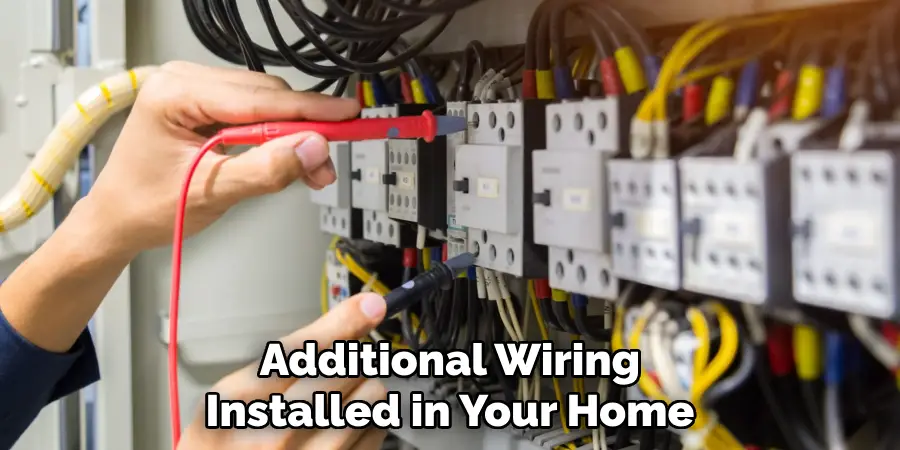
These bulbs are very energy efficient compared to regular incandescent bulbs since they only need minimal power when they are not turned on which helps save money over time!
Use Infrared Controllers
Infrared controllers are specially designed remotes that allow you to control LED lighting systems from anywhere in the house without needing any additional wiring installed like other methods require (such as installing smart switches).
These controllers work by sending out infrared signals which then communicate with receivers placed around each room where there’s an LED light system installed so that they can be controlled remotely from anywhere in the house!
Utilize Wireless Switches
Wireless switches are similar to traditional wall switches but instead of requiring wiring installation like traditional wall switches do, wireless switches simply require batteries instead so they can be easily moved around wherever needed depending upon what type of setup needs controlling (such as moving one from one room into another if needed).
They also come with various features such as dimming capabilities which make them perfect for controlling all sorts of different types of lighting setups!
Things to Consider When Controlling Led Lights without Remote
While using a remote to control Led lights is convenient, sometimes the remote may get lost or stop working. In such situations, it becomes necessary to find alternative methods of controlling the lights without a remote. This document explores some factors to consider when trying to control Led lights without a remote.
One important factor to consider is the type of Led lights being used. Different types of Led lights may have different methods of control, such as WiFi or Bluetooth connectivity. It is important to know the type of Led lights being used in order to find the best method for controlling them without a remote.
Another factor to consider is the environment in which the Led lights are installed. If they are placed in an area with poor reception or interference from other devices, certain methods of control may not work effectively. It is important to test different methods of control in the specific environment before settling on one.
Additionally, it is important to consider the range of control for the Led lights. Some methods may only work within a certain distance, while others may have a wider range. This should be taken into account when choosing a method of control without a remote.
Some Common Mistakes to Avoid When Controlling LED Lights without Remote
LED lights are an energy-efficient and versatile lighting solution that has gained popularity in recent years. One of the features that make them so appealing is their controllability, allowing you to adjust the brightness, color, and even pattern of your lighting setup to suit your needs.
While most LED lights come with a remote control for easy adjustment, there may be instances where you need to control them without a remote. This could be due to a lost or broken remote, or simply not having one in the first place.
Safety Precautions for Controlling LED Lights without Remote
LED lights have become very popular in recent years, with many homes and businesses now using them for their energy efficiency and long lifespan. However, one common concern that comes with LED lights is the need to use a remote control to turn them on and off.
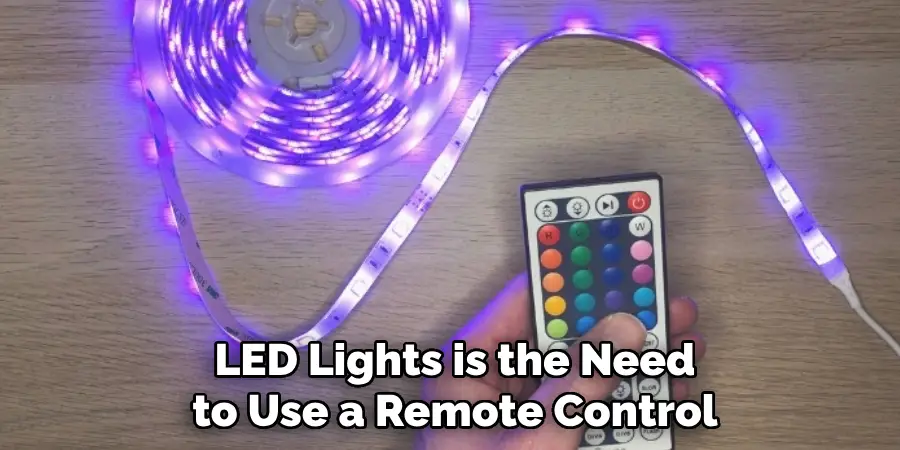
This can be inconvenient if the remote is lost or not functioning properly. That’s why it’s essential to know how to control LED lights without a remote. But before we dive into the various methods of controlling LED lights, let’s first discuss some safety precautions that you should keep in mind.
Conclusion
With the ever-growing popularity of LED lights and the different features they can offer, controlling them without a remote is now easy. With the right tools and knowledge, you can take control and customize your lighting experience like never before. Whether you want to create unique patterns or simply switch on and off with ease – being in charge of your environment will be just as simple as flipping a switch.
So, what are you waiting for? Now that you have all the information about how to control LED lights without remote, it’s time to give it a try. You never know, this might even help you save some money in the long run. Besides, experimenting with lighting is always an exciting venture! Get creative and have fun creating your own unique lighting designs – it’s now entirely within your reach!

